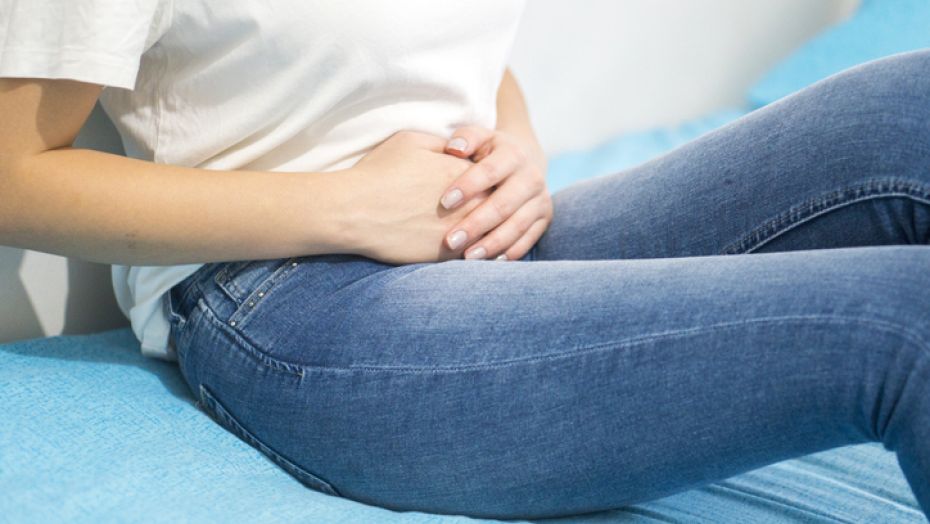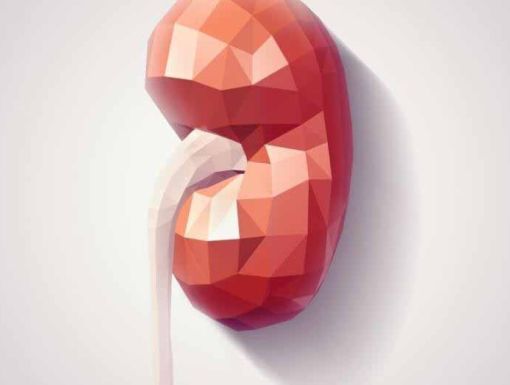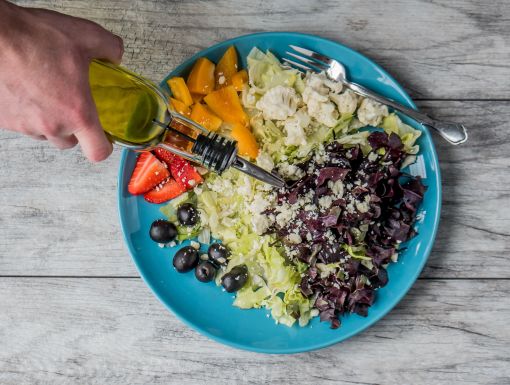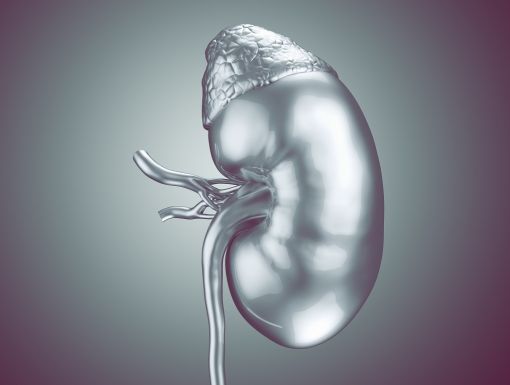
The 6 Most Common Signs of Kidney Stones
Each year, more than a half million people in the United States go to a hospital emergency room for kidney stone problems, according to the National Kidney Foundation.
Kidney stones are hard objects made from minerals and salts in the urine. Though often smaller in size than their name indicates, these deposits can be quite painful if they get stuck in the urinary tract.
Passing kidney stones can be quite painful, but the stones usually cause no permanent damage if they’re recognized in a timely fashion
How kidney stones form
Urine is composed primarily of water, but it contains a small percentage of bodily waste. When there is too much waste in too little liquid, crystals begin to form. These crystals attract other elements and are joined together to form a solid – a stone -- that will get larger unless it flows out of the body with the urine.
Sometimes, tiny stones move out of the body in the urine without causing too much pain. That’s not always the case, unfortunately. Stones can be as small as a grain of sand and as large as a golf ball, with most being about the size of a chickpea. Even small ones can be painful.
Symptoms are likely to surface if a kidney stone starts moving around in your kidney or passes into the tubes that link the kidneys and the bladder, known as the ureters. These stones can get lodged in the ureters, causing a backup of urine and spasming in the region. If this happens, you will experience significant pain that builds rapidly.
According to the kidney foundation, the most common symptoms of kidney stones include:
- Severe pain on either side of your lower back
- More vague pain or stomachache that doesn't go away
- Blood in the urine
- Nausea or vomiting
- Fever and chills
- Urine that smells bad or looks cloudy
Risk factors
The lifetime risk of kidney stones is about 19% in men and 9% in women, according to the kidney foundation. Other reasons you may also be more likely to have kidney stones include:
- Family or personal history of kidney stones: If you or a family member has had kidney stones, you are more likely to develop a stone.
- Dehydration: Excessive sweating or not drinking enough water can increase your risk for kidney stones.
- Diets high in protein, salt, or sugar: Diets high in one or more of these items increases your risk for certain types of stones. Also, some vitamins and certain medications can increase the risk.
- Obesity: Obesity has been linked to an increased risk of kidney stones.
- Digestive diseases or surgeries: Surgeries which change your digestive system can affect absorption of calcium and water, increasing the concentration of stone-forming substances in your urine.
- Other medical conditions: Conditions such as high blood pressure, diabetes, and cystinuria may increase the risk for kidney stones.
What to do about kidney stones
If you think you have a kidney stone, see your doctor as soon as possible. The physician will want to know your medical history and may conduct a physical examination and imagining tests.
Initially, you may be advised to drink a lot of water in hopes that the stone will be flushed out with urine, and salt restriction may be advised. Medication may be prescribed to make the urine less acidic.
If this doesn’t work or if the stone gets too large and doesn’t pass on its own, a non-invasive procedure called shock wave lithotripsy may be recommended. This noninvasive procedure uses high energy shock waves to break a kidney stone into small pieces that can more easily travel through the urinary tract and out of the body. It is the most common treatment for kidney stones in the United States, according to the kidney foundation.
A ureteroscopy is another treatment option for kidney stones. With this minimally invasive procedure, a doctor inserts a small flexible telescope into the bladder and ureter. This technique allows the doctor to locate the stone and retrieve or obliterate it. It is usually performed as an outpatient procedure.
In rare cases involving oddly shaped stones or those larger than the size of a marble, doctors may opt to do a minor surgical procedure called percutaneous nephrolithotomy/nephrolithotripsy. It involves inserting a scope through a small incision in your back to remove the stone.
With any of the treatment procedures, the stone will be analyzed once it is removed to help doctors determine what caused it and how to prevent future stones from forming.
One of the best ways to avoid kidney stones is to drink plenty of water every day, according to the kidney association. This will help make sure that you urinate frequently to avoid any buildup of calcium or uric acid.
Learn more about nephrologist Ayaa Zarm, MD



